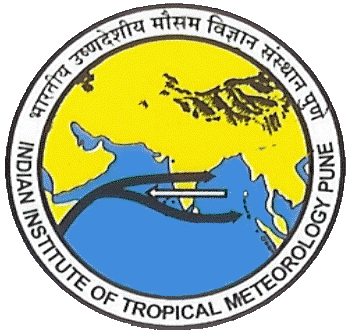ERPAS - 2011
ONSET FORECAST
Figure shows the time series of ROK and CEF starting from 17th May 2011. It is evident from the figure that the forecasted date of MOK was 03rd June 2011. Our onset forecast suffered an error of 5 days, as the actual onset date declared by IMD was 29th May 2011.
FORECAST SKILL OVER HOMOGENEOUS REGIONS
To assess the forecast skill over the selected regions, correlation coefficients (CC) between the predicted and observed rainfall anomaly are listed in Table for the years 2011 over MZI for CFST126, GFSbc and CFST382. It is observed that CFST126 is performing better at pentad 4 lead (CC values are 0.43 and 0.38 respectively) in 2011.
The ERP skill of active-break spells over the homogeneous regions are shown in
Figure (a),
Figure (b),
Figure (c),
Figure (d),
Figure (e).
Figure shows the categorical probabilistic prediction skills in pentad lead 3 and 4 for CFST126, GFSbc and CFST382.
MISO FORECASTING
Figure show the evolution of MISO from four different initial conditions in 2011. The start dates of forecast are randomly selected to capture active conditions starting around pentad 25–29th August, 2011. The forecast is shown for continuous 25 days. It is clear that, though CFST126, CFST382 and GFSbc show identical behaviour in capturing the phase evolution, the amplitude differs at times with observation. CFS-derived MISO amplitudes show larger over-estimation than GFSbc in general 5–7 days after the start date of forecast.
FORECAST OF TRANSITION TO ACTIVE PHASE
Figure shows the prediction verification for two active spells (25–29th August, 2011) in CFST126, CFST382 and GFSbc and in all the four pentad lead. These pentads represent a transition to the strong active conditions. Figure shows that CFST126 run is able to capture the transition to active spells over the west coast and northwest India four pentad in advance, while GFSbc shows mostly negative to no rainfall anomaly over this region 3–4 pentads in advance. Moreover, the performance of CFST382 in predicting this transition is comparable to that of CFST126.
